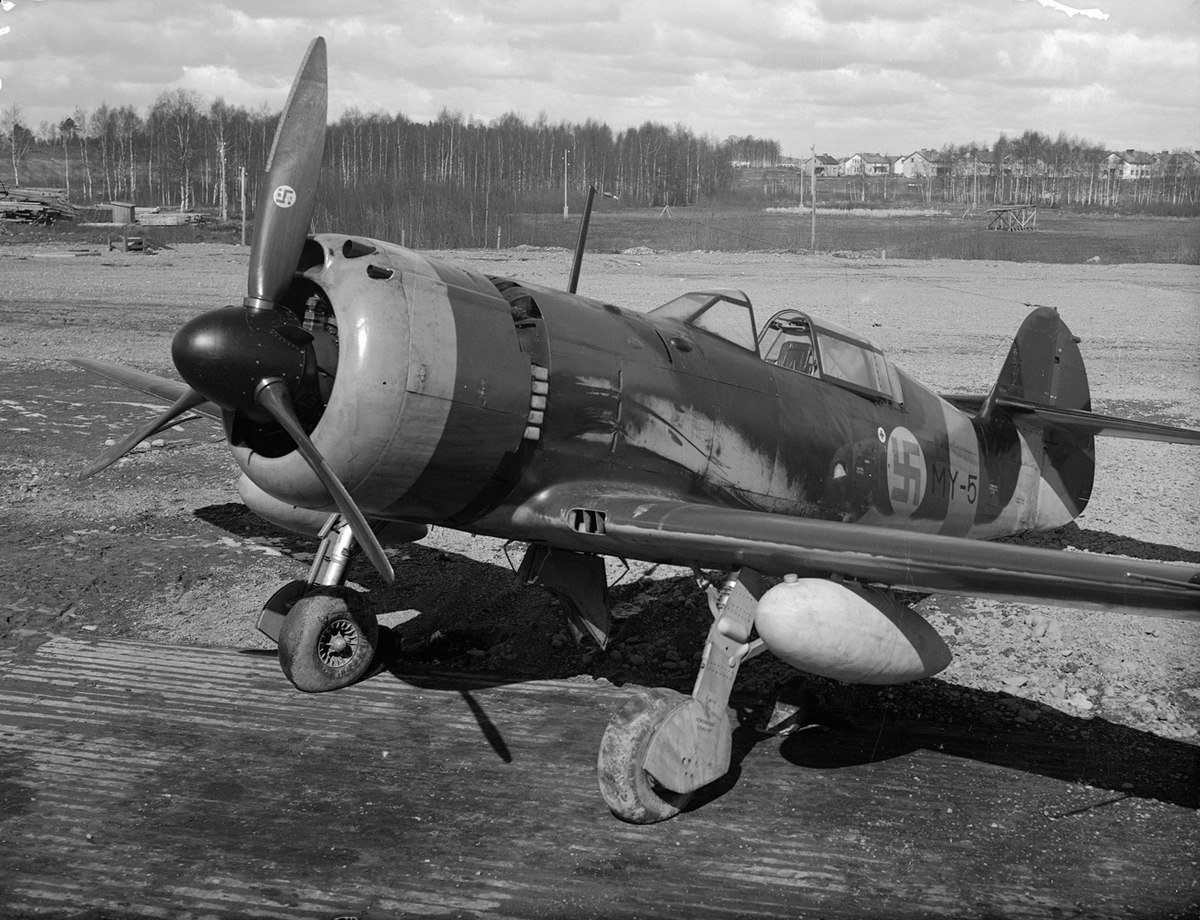- Thread starter
- #501
Wild_Bill_Kelso
Senior Master Sergeant
- 3,231
- Mar 18, 2022
I think about half of the first ~100 or so P-40s that came to Australia were crashed on their way to the front line around Darwin (some were subsequently repaired and sent on). Much harder to takeoff and land a front-line fighter than an NA-16.
I think in general all around the world there was a very steep learning curve in going from 1930s aircraft to early 1940s aircraft.
I think in general all around the world there was a very steep learning curve in going from 1930s aircraft to early 1940s aircraft.

